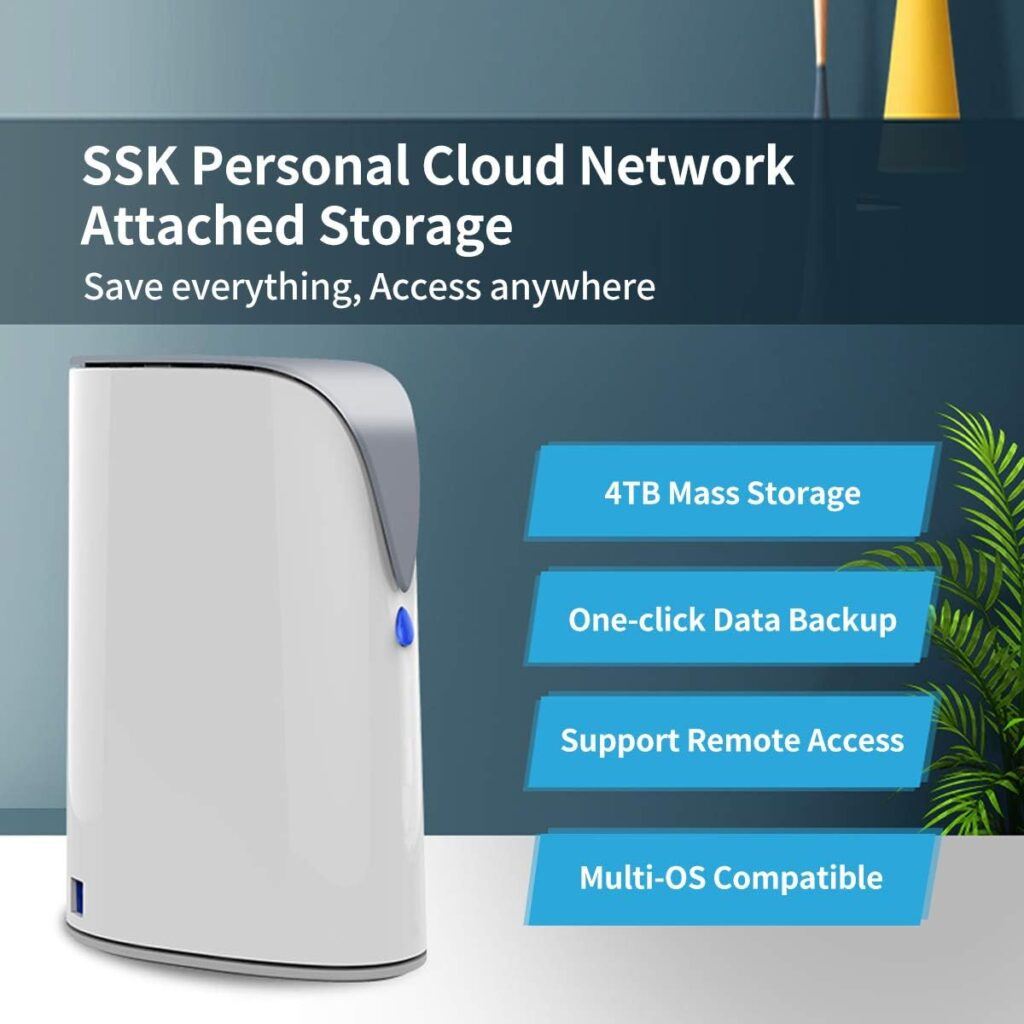What is Cloud Computing?
The roots of cloud computing trace back to the 1960s. The 1990s saw the advent of the term “cloud computing,” coinciding with the rapid growth of the internet. Businesses began offering cloud-based storage and computational services, giving rise to Infrastructure as a Service (IaaS). In contemporary times, cloud computing has become a cornerstone of IT infrastructure, facilitating everything from data storage to advanced AI applications.
Cloud computing refers to the provision of computing services over the internet, encompassing Infrastructure as a Service (IaaS), Platforms (PaaS), and Software (SaaS).
SaaS (Software as a Service) provides applications over the internet, eliminating the need for local installation. Users access software via a web browser, with the service provider managing infrastructure, security, and updates.
PaaS (Platform as a Service) offers a platform allowing developers to build, deploy, and manage applications without dealing with the underlying infrastructure. PaaS provides tools and libraries for programmers and integrates various services.
IaaS (Infrastructure as a Service) delivers virtualized computing resources over the internet. It offers fundamental IT resources such as storage, and networks. These services are scalable, allowing users to also adjust their resources based on demand and manage their own applications and operating systems.
Cloud computing has transformed the way we store, process and manage data. By harnessing the power of the internet, cloud computing allows businesses of all sizes, as well as individuals to access computing resources on-demand, without the need for significant upfront investment in hardware. However, with these benefits come critical security considerations that must be addressed to protect sensitive information and maintain trust.
It is the delivery of various services through the internet, including virtualisation, data storage, software, networking, servers and databases. These services are hosted on remote servers rather than on a local on-premises server or personal computer. Users can access and use these resources via the internet, making it a flexible and scalable solution for many needs.
Cloud Computing Service Models
In the realm of cloud computing, various service models exist to cater to different organizational needs.
The public cloud model involves third-party providers delivering services over the internet. This setup allows multiple users, or tenants, to share resources like servers, storage, and applications, offering both scalability and cost-effectiveness.
Conversely, the private cloud model is designed for exclusive use by a single organization. The infrastructure, whether hosted on-premises or by an external provider, is dedicated entirely to one entity, ensuring enhanced control, security, and customization. However, this model can be more expensive and complex to manage, making it suitable for businesses with stringent regulatory or security demands.
The hybrid cloud model bridges the gap between public and private clouds, facilitating the sharing of data and applications between them. This approach offers flexibility, enabling organizations to utilize the scalability of public clouds for less sensitive tasks while keeping critical data and applications within a private cloud. As a result, hybrid clouds optimize resource utilization and costs while upholding security and compliance standards.
Examples of Cloud Services
- Microsoft Azure: Offers cloud computing services, including virtual machines, databases, and AI tools.
- Amazon Web Services (AWS): Offers a wide range of cloud services, including computing power, storage options, and networking capabilities.
- Google Cloud Platform (GCP): Provides infrastructure as a service, platform as a service, and serverless computing environments.
Benefits of Using Cloud Provision
Accessibility
Cloud services provide unparalleled accessibility, allowing users to access data and applications from anywhere with an internet connection. This is especially beneficial for remote work and global collaboration, enabling employees to work from any location without compromising productivity. With cloud-based solutions, data is stored in centralized servers, ensuring consistent access across various devices, including smartphones, tablets, and laptops. This seamless accessibility not only enhances work flexibility but also ensures that critical information and applications are always available, supporting continuous business operations and improving overall efficiency.
Cost Savings
Using cloud provision significantly reduces the need for substantial capital investment in hardware and software. Instead of purchasing and maintaining physical infrastructure, businesses can subscribe to cloud services, paying only for the resources they use. This operational expenditure model lowers upfront costs and eliminates the expenses associated with equipment depreciation and maintenance. Additionally, cloud services often include updates and upgrades, reducing the need for in-house IT staff and resources. Overall, the cost savings enable organizations to allocate their budgets more effectively, investing in other critical areas of their operations.
Disaster Recovery
Cloud provision offers robust disaster recovery solutions, ensuring business continuity in the face of unexpected events. By storing data and applications in secure, off-site cloud environments, businesses can quickly recover from hardware failures, natural disasters, or cyberattacks. Cloud providers typically offer automated backups, redundant systems, and comprehensive recovery plans, reducing downtime and minimizing data loss. These features allow companies to restore operations swiftly, maintaining productivity and customer trust. The scalability and flexibility of cloud-based disaster recovery solutions also mean they can be tailored to meet the specific needs and budget of any organization.
Scalability
Cloud provisioning offers unparalleled scalability, allowing businesses to easily adjust their resources to meet varying demands. Whether experiencing a sudden surge in traffic or planning for long-term growth, cloud services can rapidly scale up or down without the need for physical infrastructure changes. This flexibility ensures optimal performance and cost-efficiency, as companies only pay for what they use. Automatic scaling capabilities further streamline the process, adapting to workload requirements in real-time. This dynamic resource management is crucial for businesses looking to stay agile and responsive in a fast-paced market environment.
Example: E-commerce Website
Scenario:
An e-commerce website experiences significant fluctuations in traffic, especially during sales events like Black Friday and Cyber Monday. During regular days, the website handles a moderate amount of traffic, but during these peak periods, the traffic can surge to ten times the normal volume.
Scalability with Cloud Computing:
Using cloud computing services, the e-commerce website can automatically scale its resources to handle the increased traffic. During peak times, the cloud infrastructure can provision additional virtual servers, load balancers, and database instances to ensure smooth performance and prevent downtime. Once the high-traffic period is over, the resources can be scaled back down to normal levels, ensuring cost efficiency.
Drawbacks
Security in cloud computing is paramount because it involves storing sensitive and critical information on servers owned and managed by third-party providers. Ensuring that this data remains confidential, intact, and accessible only to authorized users is essential. While cloud computing offers numerous benefits, it also poses several potential drawbacks that users must consider. Understanding these risks is crucial for making informed decisions about cloud adoption and implementation.
Privacy Concerns
Cloud providers might have access to your data, raising concerns about privacy and data misuse. It’s crucial to understand the provider’s privacy policies and data handling practices to ensure that sensitive information is protected from unauthorized access.
Downtime and Service Consistency
Service Outages: Cloud services can experience downtime, affecting business operations. These outages can be due to maintenance, technical failures, or cyberattacks, which can disrupt access to critical applications and data.
Dependence on Internet Connection: A reliable and fast internet connection is necessary to access cloud services. Any disruption in internet connectivity can lead to a complete halt in accessing cloud resources, affecting productivity and operations.
Cost Overruns
Unforeseen Costs: Unexpected fees for data transfer, storage, and additional features can accumulate. Cloud services often come with variable costs, making it challenging to predict monthly expenses accurately.
Recurring Fees: Continuous subscription fees can be higher compared to on-premises solutions over time. Although initial costs are lower, long-term expenses can add up, especially as data storage and service usage increase.
Reduced Control and Flexibility
Changing to Another Vendor: There may be difficulty in migrating to another provider due to proprietary technologies and services. This vendor lock-in can limit flexibility and make it challenging to switch providers if necessary.
Restricted Modifications: Cloud solutions may not offer the same level of customization as on-premises setups. Users might find themselves limited by the functionalities and configurations provided by the cloud service.
Compliance and Legal Issues
Regulatory Compliance: Ensuring that cloud services meet all legal and regulatory requirements can be complex. Different industries have specific compliance standards that must be adhered to, such as GDPR, HIPAA, and PCI-DSS.
Jurisdictional Challenges: Data stored in different countries may be subject to varying laws and regulations. It is essential to understand where data is stored and the legal implications of cross-border data storage.
Data Loss and Recovery
Risk of Data Loss: Although rare, data can be lost due to service provider failures or cyberattacks. It is vital to have robust data protection measures in place to mitigate this risk.
Backup and Recovery: Ensuring effective backup and disaster recovery processes can be challenging. Regular backups and a well-defined disaster recovery plan are essential to prevent data loss and ensure business continuity.
Performance Issues
Latency: Delays in data transmission can affect the performance of applications. Latency can be caused by the distance between the user and the data center, impacting the user experience.
Bandwidth Constraints: Heavy reliance on internet bandwidth can lead to slow access times. High bandwidth usage can cause congestion and slow down access to cloud resources.
Scalability Challenges
Over-Provisioning: Paying for more resources than needed to ensure scalability can lead to higher costs. Organizations might overestimate their needs, resulting in wasted resources and expenses.
Under-Provisioning: Insufficient resources can cause performance issues during peak times. Not allocating enough resources can lead to slow performance and potential downtime during high demand periods.
Vendor Reliability
Provider Stability: Dependence on the financial and operational stability of the cloud provider. It is essential to choose a reliable provider with a strong track record to avoid disruptions.
Service Termination: Risks associated with the provider discontinuing services or going out of business. Organizations must have contingency plans in place to handle such situations.
Complexity of Management
Management Overhead: Managing and integrating multiple cloud services can be complex and require specialized skills. The complexity can lead to increased management costs and require dedicated personnel.
Combining Various Services: Ensuring seamless integration between different cloud services and on-premises systems can be challenging. Proper integration is crucial for maintaining efficient workflows and data consistency.
Considering these drawbacks, it’s essential to carefully evaluate cloud service providers and implement best practices to mitigate potential risks. Choosing the right provider and establishing robust security and management practices can help organizations fully exploit the benefits of cloud computing while minimizing its disadvantages.
Conclusion
Cloud computing offers significant advantages, including cost savings, scalability, and accessibility. However, it also comes with potential drawbacks that must be addressed to ensure a secure and efficient cloud environment. By understanding the risks and implementing best practices, organizations can make informed decisions and maximize the benefits of cloud computing.
Staying informed about the latest developments in cloud security is crucial for maintaining a secure and resilient cloud environment. Be sure to read Part 2 of this guide, where we will dive deeper into cloud security best practices and strategies for protecting your data in the cloud.






